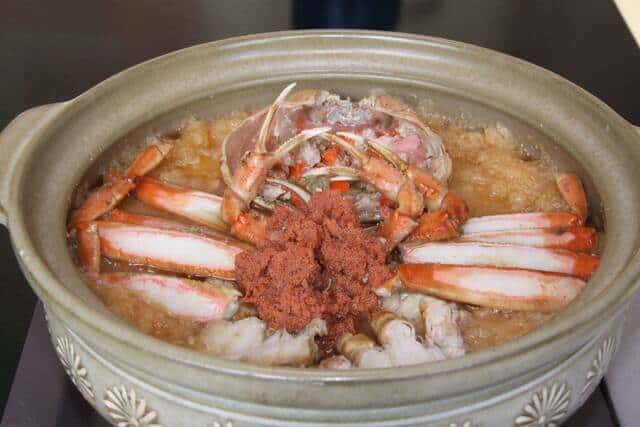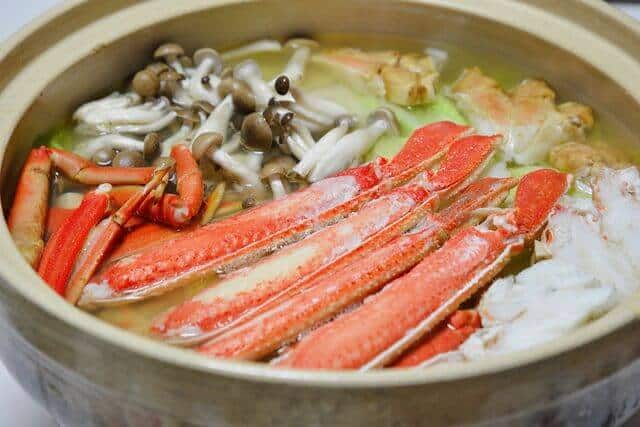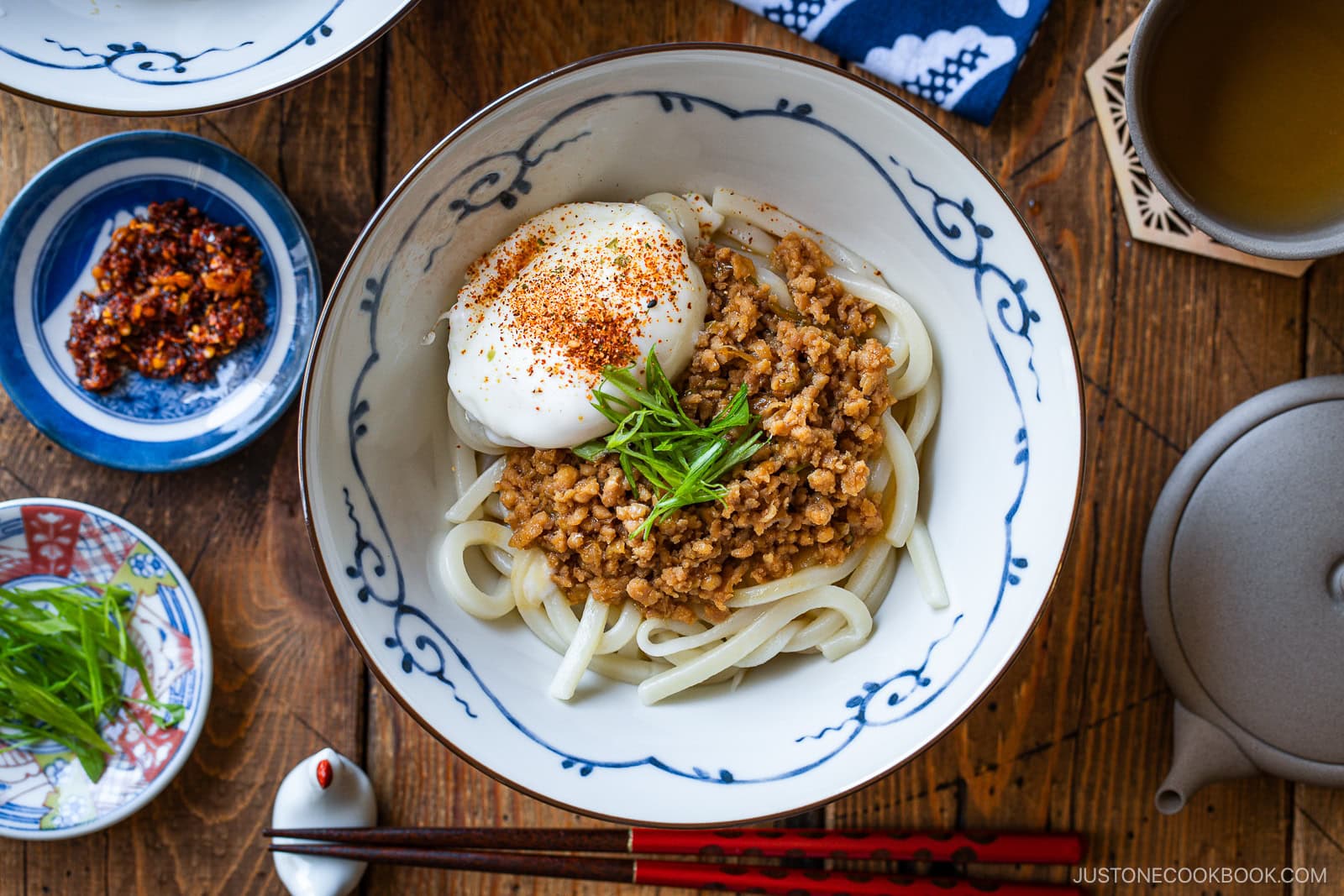Fukui Prefecture during the colder months will make you likely encounter the inviting aroma of Seige, a humble yet hearty crab dish that captures the essence of coastal life in Japan. This local specialty from the Kono district in Minamiechizen Town weaves together the ocean’s bounty, generations of culinary tradition, and a history shaped by the rhythms of maritime life.
What Makes Seige Special?

Locals in Fukui prepare Seige using seikogani—female snow crabs prized for their rich roe and sweet meat. Unlike their male counterparts, these small female crabs carry both sotoko (external eggs) and uchiko (internal eggs), making each crab a two-in-one delicacy. The name “seikogani” itself stems from the crab’s appearance, often described as a mother “carrying children on her back.”
While many parts of Japan export male snow crabs as luxury seafood, Fukui keeps these females close to home. Residents treat seikogani as a winter staple, frequently serving them at home, especially during family gatherings and seasonal celebrations.
The preparation of Seige stays rooted in simplicity. Cooks simmer the crab legs with grated daikon and miso paste, letting the flavors meld into a rich, savory stew. As the crab shell heats, it releases an intensely aromatic broth that infuses the dish with umami. People often ladle the hot mixture over rice, turning it into a satisfying meal, or pair it with sake for a more indulgent, warming experience. The balance between briny sweetness from the crab and the mellow depth of miso defines the dish’s comforting character.
A Dish Born at Sea

Seige didn’t begin in polished kitchens. Fishermen first created it at sea, cooking freshly caught crabs in whatever containers they had on hand—including, at times, the crabs’ own shells. These practical meals warmed the fishermen during long voyages and became a comforting ritual passed down through generations.
The spread of Seige throughout Fukui owes much to the Kitamaebune, merchant ships that traveled between Hokkaido and Osaka during the Edo and Meiji periods. These ships not only moved goods but also shared food culture along the coast. The Kono district, home to Seige, served as an important port along this route. Wealthy shipowners like the Nakamura family helped shape the local economy, and Seige likely became a staple aboard ships and in merchant households alike.
The use of miso in Seige reflects the deep integration of fermented flavors into coastal Japanese cuisine. Easy to store and rich in taste, miso became the perfect seasoning for life at sea and at home.
Taste the Legacy

Seige doesn’t aim to impress with complexity. Instead, it delivers warmth, depth, and heritage in every bite. It honors the lives of those who worked the sea, and the communities that grew around its bounty. For anyone exploring regional Japanese cuisine, this dish offers an unforgettable window into Fukui’s soul.
If Seige leaves you wanting more, try diving deeper into Japanese seafood dishes steeped in tradition. Consider miso-based soups with clams or white fish, local nabe hot pots full of coastal ingredients, or regional stews like Ishikari nabe from Hokkaido. Each offers a fresh look into how Japan’s regions transform the sea’s gifts into nourishment—and culture.
FAQ
A regional hot pot from Fukui using seiko-gani (female snow crab), grated daikon (radish), miso, and seaweed.
It’s the female snow crab, known for its internal and external eggs (uchiko and sotoko). Its flavor is rich and prized in local cuisine.
In the Kono (河野) area of Minamiechizen / southern Fukui, especially in family homes, local restaurants, and inns.
During winter, especially while seiko-gani are in season (typically between November and December).
A comforting blend of crab umami, mild miso, the refreshing bite of grated daikon, and a hint of seaweed aroma.
Boil cooked seiko-gani (broken into parts) with grated daikon and water, then add miso near the end and finish with seaweed.
Because seiko-gani were historically not shipped out—they were eaten locally. Seige developed as a home-style dish passed down through generations.

 2 weeks ago
22
2 weeks ago
22










 English (US) ·
English (US) ·